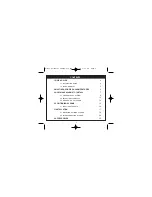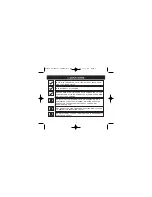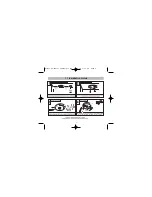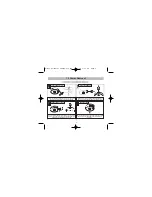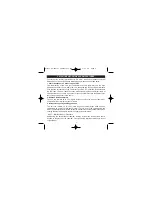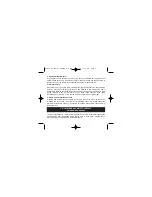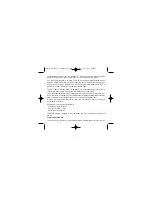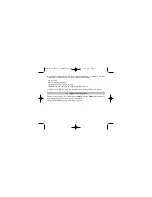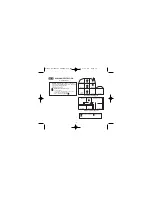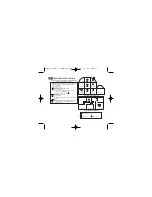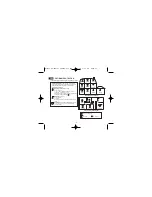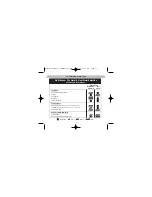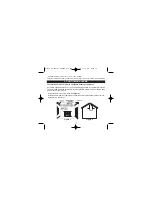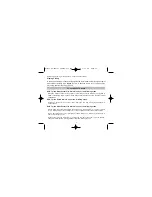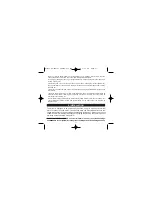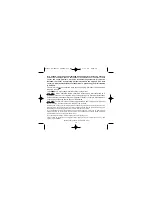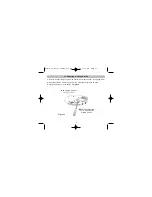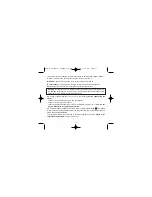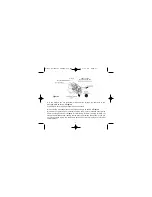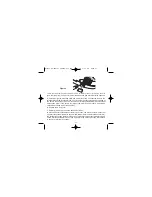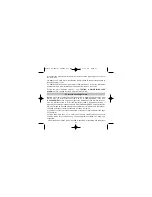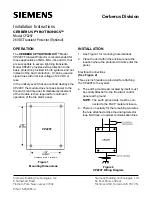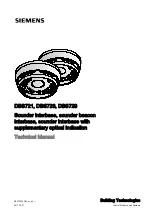
The Multi-Sensor Alarm can be installed for superior performance anywhere the
regulations specify an Optical Smoke Alarm or an Ionisation Smoke Alarm.
(The Ei2110 Multi-Sensor Fire Alarm can also be used and interconnected with an
Ei166RC Optical Smoke Alarm or an Ei161RC Ionisation Smoke Alarm if necessary).
The advice here follows the guidance in British Standard BS 5839-Part 6:2004 in
general (for further information see the BS standard itself).
The main reason for fitting alarms in dwellings is to ensure that when there is a fire,
sufficient early warning is given so that everybody can escape safely.
This means that the fire alarms should ideally be located in all escape routes and in all
rooms that contain potential sources of fire. Another important consideration is that the
alarm should be heard throughout the house – particularly in the bedrooms.
It is also important that nuisance/false alarms are minimised to ensure the units are
not disabled or ignored.
BS 5839-Part 6:2004 gives guidance on:
- how many alarms to install
- what type of alarm to use
- where to position alarms
The above points will depend on the type of dwelling to be protected and the level of
fire risk.
Fire Risk Assessment
The ‘Grade’ and ‘Category’ of system that should be installed depends on the fire risk.
8
B16350-R0-Ei2100 SERIES-U&C.qxd 18/9/08 3:46 PM Page 8


